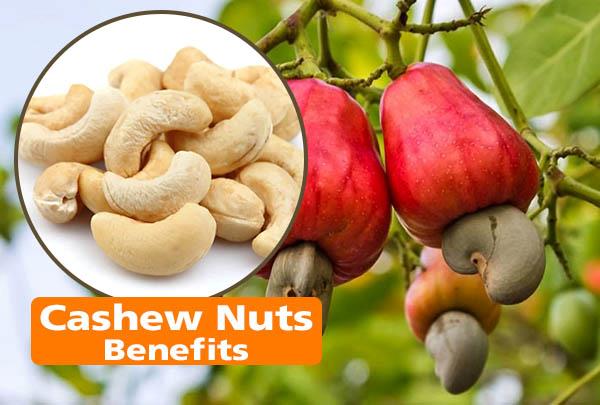When it comes to finding effective ways to alleviate lower back pain, hot baths for Back Pain is a popular and soothing option. We understand the challenges that individuals with lower back pain face, and we are here to provide you with comprehensive insights into how hot baths can help you find relief. In this article, we delve into the science behind hot baths, their potential benefits, and how they can be a valuable addition to your pain management routine.
Table of Contents
Back Pain: A Common Struggle
Back pain is a prevalent issue that many individuals face at some point in their lives. Whether it’s caused by poor posture, muscle strain, herniated discs, or underlying medical conditions, back pain can significantly impact your well-being. Finding ways to manage and reduce back pain is crucial for maintaining a healthy and active lifestyle.
Hot Baths for Back Pain: Understand the Science
Hot baths, also known as hydrotherapy, involve immersing your body in warm water. This practice has been used for centuries to address various ailments, including muscle pain, arthritis, and stress. The combination of warm water and buoyancy creates a unique environment that can have positive effects on the body.[Source]
The Role of Heat in Pain Relief
Heat has long been recognized as a natural remedy for pain. When you immerse yourself in a hot bath, the warm water helps to increase blood circulation, which in turn promotes relaxation and eases muscle tension. The heat also has the potential to reduce the perception of pain by stimulating sensory receptors in the skin, providing a temporary respite from discomfort.
Benefits of Hot Baths for Back Pain
Muscle Relaxation and Tension Relief
One of the primary benefits of hot baths for lower back pain lies in their ability to relax muscles and alleviate tension. The warm water helps to loosen tight muscles, promoting flexibility and reducing stiffness. This can be particularly beneficial for individuals whose lower back pain is exacerbated by muscle tension.
Improved Blood Circulation
Hot baths encourage vasodilation, a process in which blood vessels expand. This expansion allows for improved blood circulation, which can aid in the delivery of essential nutrients and oxygen to the affected area. Enhanced circulation can accelerate the body’s natural healing processes and contribute to a reduction in pain and inflammation.
Enhanced Release of Endorphins
Endorphins are often referred to as the body’s natural painkillers. Engaging in a hot bath can stimulate the release of endorphins, which can lead to a sense of euphoria and comfort. These neurochemicals can help combat the sensation of pain and create a more positive outlook on your pain management journey.
Incorporating Hot Baths into Your Pain Management Routine
Optimal Water Temperature
To maximize the benefits of a hot bath, it’s important to maintain an appropriate water temperature. The water should be comfortably warm, typically between 92°F and 100°F (33.5°C and 37.7°C). Avoid water that is too hot, as it can lead to burns or overexertion.
Duration and Frequency
The recommended duration for a hot bath session is around 20 minutes. It’s advisable not to exceed this time frame to prevent dehydration or other potential side effects. As for frequency, incorporating hot baths into your routine a few times a week can provide consistent relief.
Tips While Taking Hot Baths
Adding Epsom Salt for Enhanced Relief
Epsom salt, a magnesium-rich compound, can be a valuable addition to your hot bath routine. Magnesium is known for its muscle-relaxing properties and its potential to reduce inflammation. Adding a cup or two of Epsom salt to your bathwater can enhance the therapeutic effects and contribute to a more effective pain-relief experience.
Incorporating Aromatherapy for Relaxation
Aromatherapy can further amplify the relaxation benefits of your hot bath. Adding a few drops of essential oils like lavender, chamomile, or eucalyptus to the water can create a calming ambiance and help ease stress. The combination of warm water and soothing scents can contribute to a holistic pain-relief experience.
Gentle Stretches Before and After
Complement your hot bath routine with gentle stretches before and after soaking. These stretches can help improve flexibility, promote blood flow, and enhance the overall effectiveness of the hot bath. Focus on stretches that target the muscles and areas of your back that are experiencing pain.
Conclusion
In conclusion, hot baths have the potential to be a valuable tool in your journey toward managing back pain. The combination of warmth, buoyancy, and relaxation can contribute to muscle relief, improved circulation, and the release of endorphins. By incorporating hot baths into your pain management routine, you can experience a more comfortable and soothing approach to addressing your lower back pain.
Remember, while hot baths can offer relief, it’s essential to consult with a healthcare professional before making any significant changes to your pain management strategy. We are dedicated to providing you with accurate and informative content to help you make informed decisions about your well-being.
Image Source: Hydro Massage Products
Thanks for reading.




